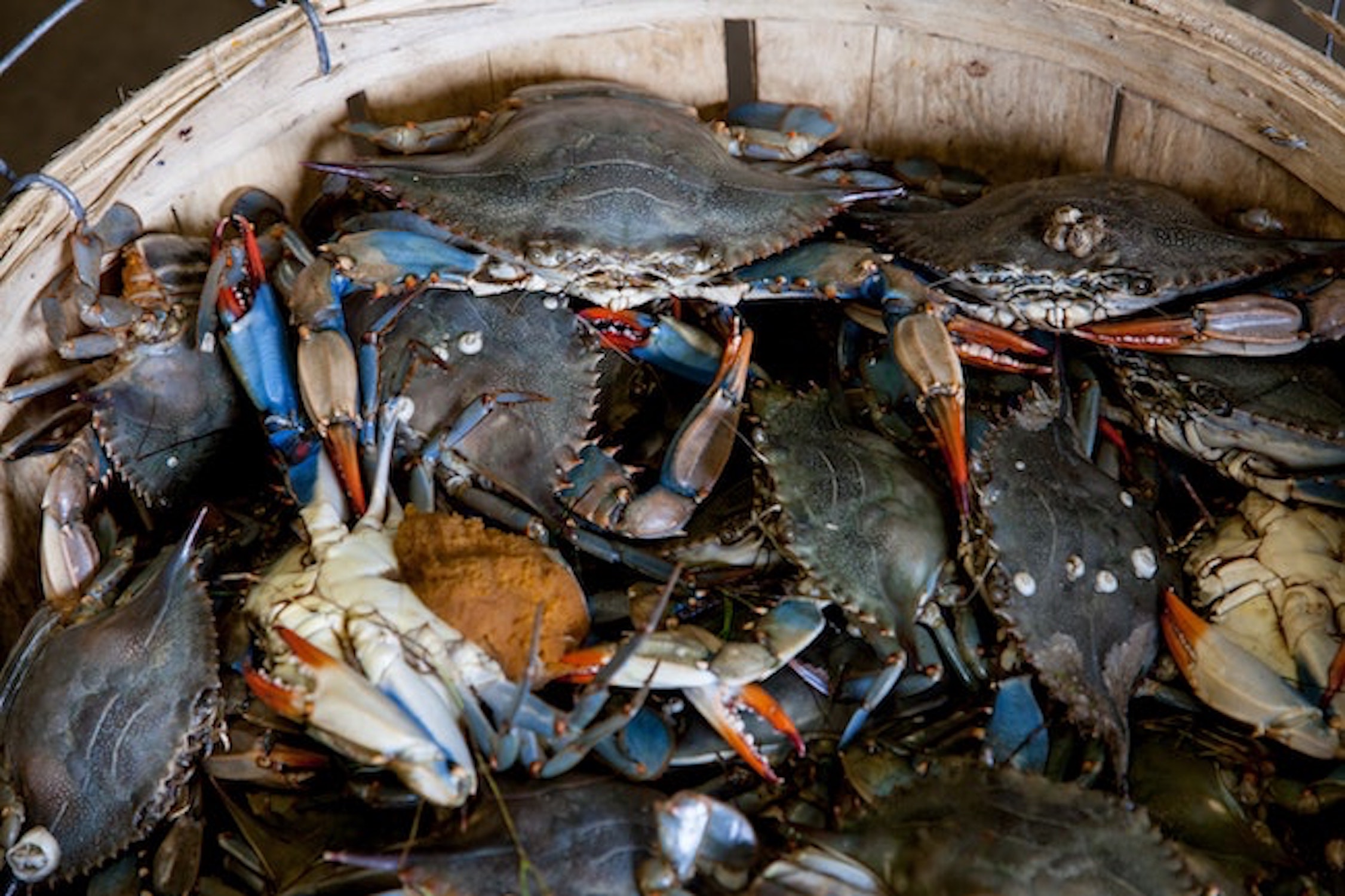Fifty crab pickers on the Eastern Shore contracted COVID-19 so far this season.
The Maryland seafood industry got a leg up this year when the U.S. government approved the issuance of 35,000 additional H-2B Nonimmigrant Temporary Worker Program visas. Maryland crab houses were going to able to hire 5,000 more than last year, a boon to the $355 million seafood industry. But just like the poultry processing plants, crab picking houses on the Eastern Shore haven’t been immune to COVID-19. The Dorchester Department of Health reported that 50 workers were diagnosed with the disease since the season began in April.
Crab pickers are nonimmigrant workers that are allowed come to the U.S. in spring and return to their home country in the fall. They undertake the sharp and time-consuming task of removing meat from blue crabs to be sold in bulk containers for soups, crab cakes, and other Maryland specialties. The crabbing industry has relied on the H-2B programs for more than 30 years.

IAFF Crabfeast, courtesy Joe Andrucyk
Two years ago, the number of available visas dramatically dropped, leaving crab businesses teetering on bankruptcy and pushing crab meat prices up. In early 2020, however, the Trump Administration announced it would increase the number of guest worker VISAs by 35,000, making a lot of crab houses very happy. But just as the season was set to begin, the extra VISAs were canceled due to the coronavirus crisis, and only a few of the crab-picking houses were able to get the workers they needed.
Language barriers and a reluctance to call in sick could have accelerated the number of cases among workers in the crab houses. An outbreak at Russell Hall Seafood was responsible for 40 cases alone. Chicken processing plants in Wicomico and Dorchester counties also experienced outbreaks of the virus in the spring and summer.
What do you think about how the COVID-19 crisis is affecting the crabbing industry? Tell us in the comments!
